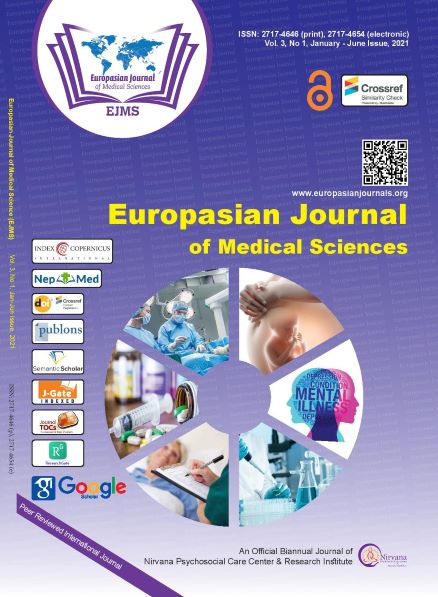Soon the Recovery will Likely be the Rule and Death will be an Exception in COVID-19
Abstract
Since the cluster of cases of SARS-CoV-2 first reported in December
2019, the number of COVID-19 cases and deaths have rapidly been rising
but cumulative percentage of deaths has been decreasing from April
2020 globally and also in South Asian countries. Knowing the number
of reported deaths during a period of the pandemic is not enough but
knowing the number of excess deaths in a given population over the
time may carry weight which is yet to be known globally. The COVID-19
pandemic may lead to increased deaths from some other communicable
diseases such as Tuberculosis, dengue, and fewer deaths from some
causes such as road accidents. Hence, both reported mortality figures and
excess mortality figures are required to understand the death toll of the
pandemic COVID-19.
Around one third patients are asymptomatic transmitting infection and
among symptomatic, 80% has mild to moderate disease managed at
outpatients settings in home isolation; 15% develop lower respiratory
tract infection require hospitalization and recover; 3-5% need intensive
care and may need ventilator support while 0.5-1% of patients may die.
We are of the opinion that in case of COVID-19, soon the recovery will
likely be the rule and death will be an exception and our opinion is based
on the facts of better understanding of COVID-19 infection and disease
and its prevention, control and supportive treatment strategy even in
the absence efficacious vaccine for prevention and effective medicine for
cure and prophylaxis. The condition is that we have to continue to follow
non-pharmacological interventions for containment and mitigation with
true public health spirit.
Copyright (c) 2021 Authors

This work is licensed under a Creative Commons Attribution 4.0 International License.
All articles published in EJMS are licensed under the Creative Commons Attribution 4.0 International License (CC-BY 4.0). The author/s as the copyright holder will retain the ownership of the copyrights without restrictions for their content under the CC-BY 4.0 license, and allow others to copy, use, print, share, modify, and distribute the content of the article even in commercial purpose as long as the original authors and the journal are properly cited. No permission is required from the author/s or the publishers. Appropriate attribution can be provided by simply citing the original article.
On behalf of all the authors, the corresponding author is responsible for completing and returning the agreement form to the editorial office. More information about the terms and conditions, privacy policies, and copyrights can be found on the webpage of the Creative Commons license privacy policy. https://creativecommons.org/licenses/by/4.0/




